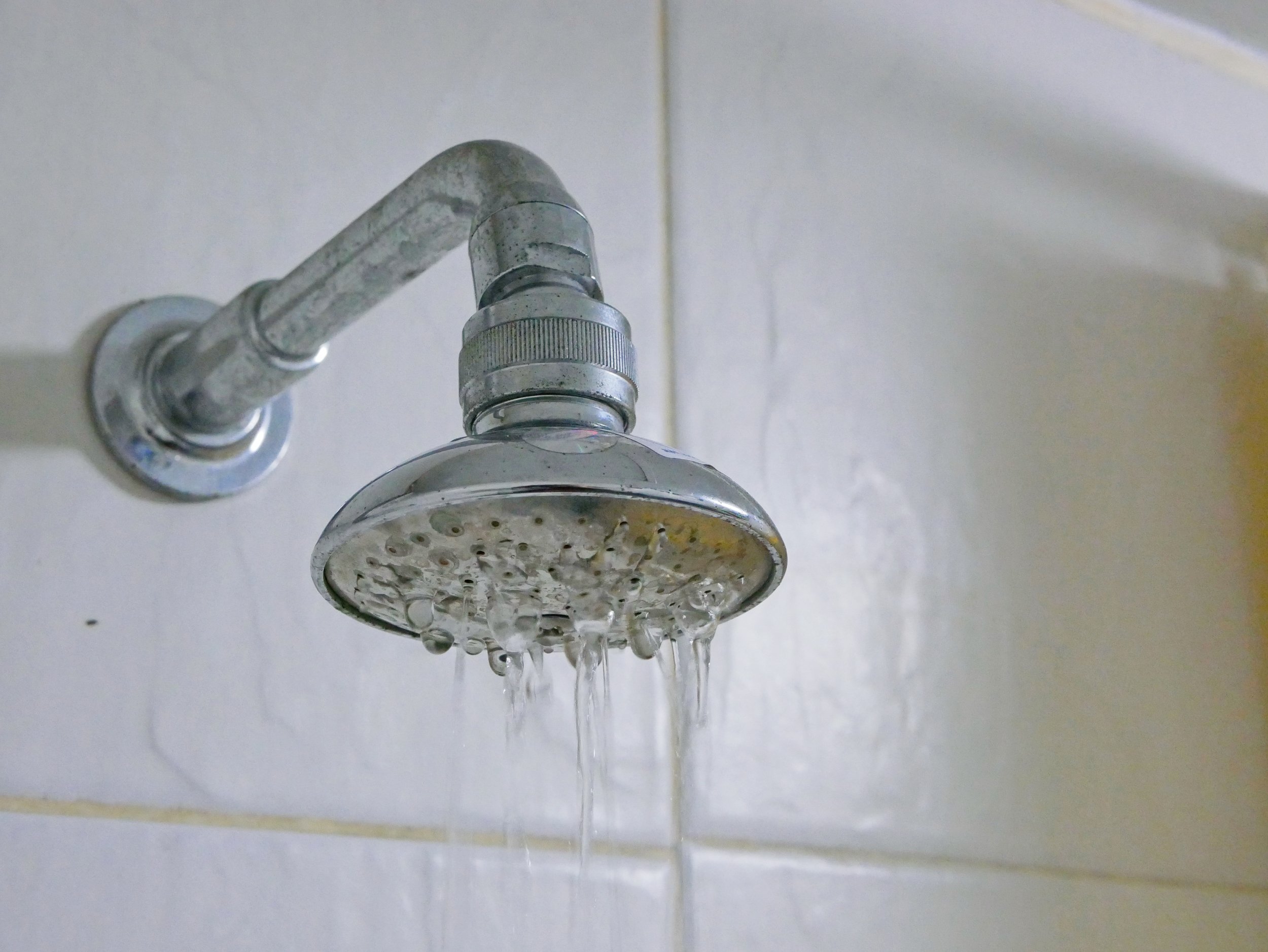What Causes Low Water Pressure and How to Fix It
Experiencing low water pressure can be more than just an inconvenience; it can also make routine tasks like showering, washing dishes, and even filling up a glass of water frustrating. But what causes this problem, and how can you fix it? Here, we’ll dive into the common causes of low water pressure and provide solutions for getting your water flow back to normal.
Common Causes of Low Water Pressure
Clogged Pipes and Faucets
Over time, mineral deposits, sediment, and debris can build up in your pipes or faucet aerators. These blockages restrict the flow of water, leading to reduced water pressure. This is especially common in areas with hard water, where calcium and magnesium can accumulate inside the pipes.How to Fix It: If you notice low water pressure in just one faucet or showerhead, cleaning the aerator or showerhead can often resolve the issue. For pipes, professional plumbing services may be required to clear out the buildup.
Leaky Pipes
Leaks in your plumbing system can divert water away from its intended path, resulting in low pressure. Small leaks are often hard to detect but can significantly impact water flow over time.How to Fix It: If you suspect you have a leak, look for signs like damp spots, mold, or water stains on walls or ceilings. A plumber can use tools like pressure testing or thermal imaging to pinpoint and repair any leaks.
Corroded Pipes
Older pipes, especially those made of galvanized steel, are prone to corrosion, which narrows the internal diameter of the pipe. As the corrosion continues to build up, it can restrict the flow of water, causing a significant drop in pressure.How to Fix It: In most cases, corroded pipes need to be replaced. If you live in an older home, it may be worth having your plumbing inspected to check for signs of corrosion and prevent future issues.
Faulty Pressure Regulator
A pressure regulator controls the water pressure entering your home from the main water line. If the regulator is malfunctioning or broken, it can cause low water pressure throughout your home.How to Fix It: Pressure regulators are usually located near where the main water line enters the house. If you suspect this is the issue, it’s best to call a plumber to inspect and replace the regulator if needed.
Municipal Water Supply Issues
Sometimes, low water pressure is caused by problems with your local water supply, such as increased demand during peak hours or maintenance work being carried out in your area. In these cases, there’s not much you can do except wait for the issue to be resolved.How to Fix It: Check with your local water utility company to see if they’re working on the water system or if they are experiencing issues. If the problem persists, they may need to make repairs to restore proper pressure.
Clogged or Broken Pressure Valve
The pressure valve controls the amount of pressure within your plumbing system. If it becomes clogged or damaged, it can disrupt the flow of water and lead to low water pressure.How to Fix It: If you notice fluctuating water pressure or a steady decline, you might need to replace the pressure valve. A plumber can inspect and replace faulty valves to ensure proper water pressure.
Water-Saving Fixtures
Many modern faucets, showerheads, and toilets are designed to conserve water by limiting water flow. While these fixtures are environmentally friendly, they can sometimes cause a noticeable decrease in water pressure.How to Fix It: If you prefer stronger water pressure, consider upgrading to a different fixture. Look for high-flow or pressure-boosting options that still adhere to water-saving guidelines.
How to Fix Low Water Pressure
Clean Aerators and Showerheads
Start by cleaning aerators and showerheads. Soak them in vinegar to remove mineral deposits, and use a small brush, like a tooth brush, to clear away any debris. This simple step can often improve pressure in individual faucets.Check for Leaks
Inspect your plumbing for leaks, paying particular attention to areas under sinks or along walls. If you find any, patch them up or contact a plumber for repairs.Flush the Pipes
Flushing your pipes can help remove sediment buildup that’s causing blockages. A plumber can perform this for you, especially if the problem affects your whole house.Install a Pressure Booster
If the municipal water pressure is low, consider installing a pressure booster to increase water flow throughout your home.Replace Old Pipes
If your home has old, corroded pipes, replacing them with modern materials like copper or PVC can help restore proper water pressure and prevent future problems.
When to Call a Professional
While some minor issues with low water pressure can be fixed on your own, many require professional help. If cleaning aerators or checking for leaks doesn’t resolve the issue, or if you suspect corroded pipes or a faulty pressure regulator, it’s time to call a plumber. A licensed plumber will have the tools and expertise to diagnose the problem accurately and implement long-lasting solutions.
Final Thoughts
Low water pressure can be caused by a variety of issues, from simple clogs to more serious plumbing problems like leaks and corrosion. By identifying the root cause of the issue, you can take the necessary steps to fix it and restore proper water flow to your home. Whether it’s cleaning faucets, replacing old pipes, or adjusting the pressure regulator, addressing low water pressure sooner rather than later can save you time, money, and frustration in the long run.
If you’re unsure about what’s causing your low water pressure, don’t hesitate to call a professional plumber who can help diagnose and solve the issue efficiently.

